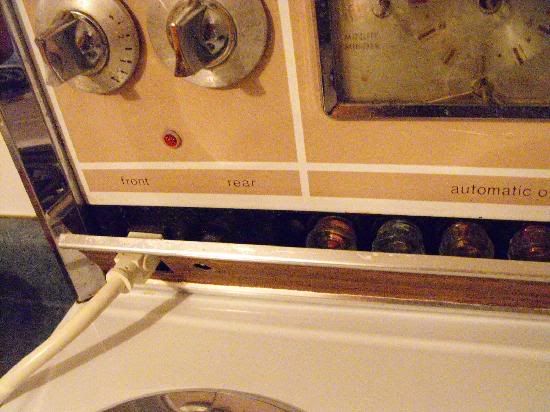I just got my bcs 460 in and am about to pull the trigger on my all electric build. I have been reading on this forum for at least 4 months educating my self. I appreciate all the great builds and major props to Kal and PJ. This leads to my question.
I see that Kal doesn't use breakers in his control box and all the diagrams PJ makes calls for them. It is my understanding that both agree on using the spa panel and the power source. So what is the reasoning behind the two different builds, otherwise they seem pretty similar.
Thanks,
TJ
I see that Kal doesn't use breakers in his control box and all the diagrams PJ makes calls for them. It is my understanding that both agree on using the spa panel and the power source. So what is the reasoning behind the two different builds, otherwise they seem pretty similar.
Thanks,
TJ


